
-
Find the right food for your petTake this quiz to see which food may be the best for your furry friend.Find the right food for your petTake this quiz to see which food may be the best for your furry friend.Featured products
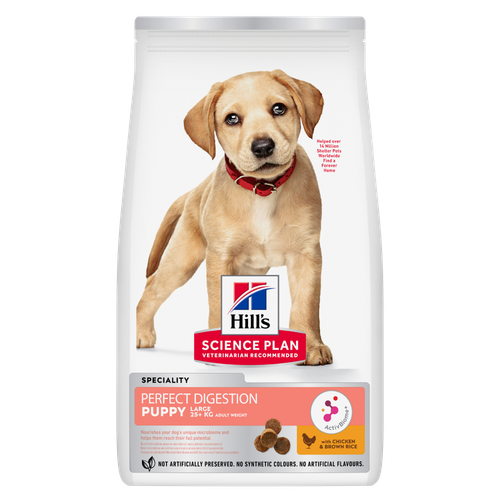 Perfect Digestion Large Breed Puppy Food
Perfect Digestion Large Breed Puppy FoodPrecisely balanced nutrition with Hill's ActivBiome+ prebiotic blend actively contributes to supporting digestive health and overall well-being to help your pet feel their best
Shop Now Small & Mini Mature Adult 7+ Dog Food
Small & Mini Mature Adult 7+ Dog FoodHill's Science Plan Small & Mini Breed Mature Adult Dog Food with Chicken is a complete pet food, specially formulated with ActivBiome+ Multi-Benefit Technology.
Tailored nutrition to support graceful ageing in small dogs. Specially made with a synergistic blend of nutrients for energy & vigor.Shop Now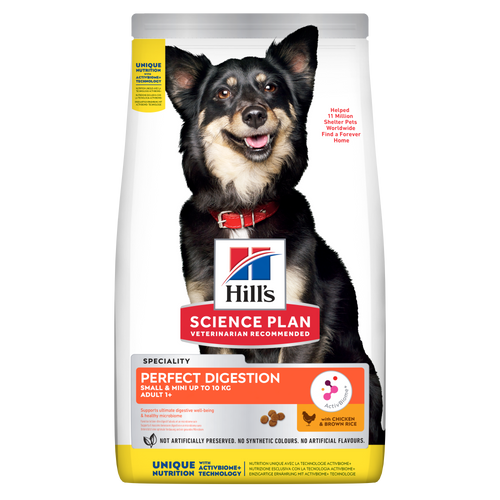 Perfect Digestion Small & Mini Adult Dog Food
Perfect Digestion Small & Mini Adult Dog FoodHill's Science Plan Perfect Digestion Small & Mini Breed Adult Dog Food with Chicken & Brown Rice supports ultimate digestive well-being & a healthy microbiome.
Shop NowFeatured products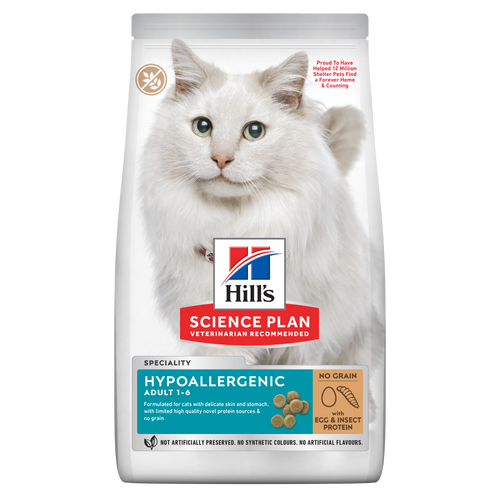 Hypoallergenic Dry Cat Food
Hypoallergenic Dry Cat FoodHILL'S SCIENCE PLAN Hypoallergenic Adult cat food with egg & insect protein is a complete pet food for adult cat 1–6 years old. It's formulated for cats with delicate skin and stomach, with limited high quality novel protein sources & no grain.
Shop Now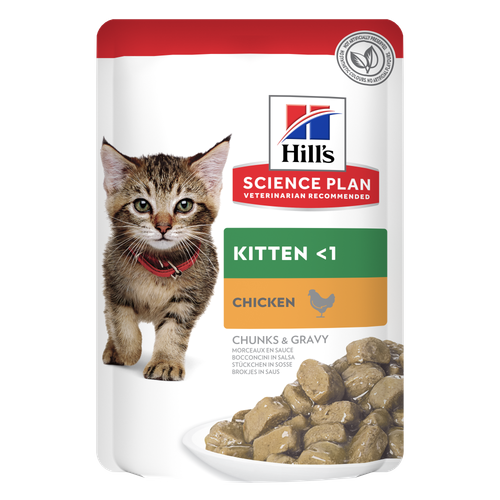 Kitten Food
Kitten FoodTender chicken chunks in gravy for kittens, with omega-3s for healthy eye & brain development and high-quality protein to support muscle growth. With balanced minerals to promote strong bones & teeth.
Shop Now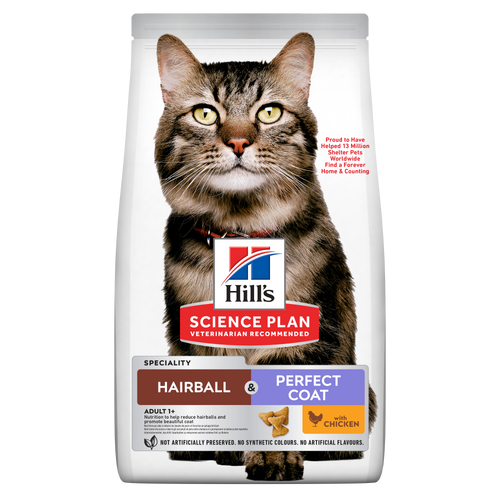 Hairball & Perfect Coat Adult Cat Food
Hairball & Perfect Coat Adult Cat FoodHill's Science Plan HAIRBALL & PERFECT COAT Adult cat food with Chicken is specially formulated to effectively help avoid hairball formation in adult cats while promoting a beautiful coat. Thanks to its mix of essential Omega-6 fatty acids, this food benefits the cat's skin and fur keeping them healthy and shiny. Our Advanced Fibre Technology helps reduce hairballs by naturally promoting their passage through the gut. This food is formulated with high-quality protein for a perfectly balanced, great-tasting recipe.
Shop Now -
Dog
- Dog Tips & Articles
-
Health Category
- Weight
- Food & Environmental Sensitivities
- Urinary
- Digestive
- Joint
- Kidney
-
Life Stage
- Puppy Nutrition
- Adult Nutrition
- Senior Nutrition
Cat- Cat Tips & Articles
-
Health Category
- Weight
- Skin & Food Sensitivities
- Urinary
- Digestive
- Kidney
-
Life Stage
- Kitten Nutrition
- Adult Nutrition
Featured articles The Right Diet For Your Pet
The Right Diet For Your PetLearn what to look for in healthy pet food & nutrition, including ingredients, quality of the manufacturer, your pet's age, and any special needs they have
Read More Understanding Your Pet's Microbiome
Understanding Your Pet's MicrobiomeLearn what a pet's microbiome is, how it contributes to your pet's gut & overall health, and why nutrition is important in maintaining healthy microbiomes.
Read More Pet Food Storage Tips
Pet Food Storage TipsWhere you store your cat and dog food can make a big difference in the quality and freshness once it is opened. Here are some common questions and recommendations for optimal storage for all of Hill’s dry and canned cat and dog food.
Read More -


Heat Exhaustion and Heat Stroke
Unlike people, dogs don't sweat out excess body heat. While your dog does have a few sweat glands located in their paws, these do little to help regulate the body temperature. Instead, dogs do this through rapid, open-mouthed breathing, called panting. But sometimes panting isn't enough to keep them from getting overheated.
Heat exhaustion in dogs can occur when the body temperature becomes elevated above the normal temperature. This varies slightly, according to PetMD.com, but it's generally agreed that temperatures of 39 degrees Celsius and higher are above normal. If the temperature continues to rise and reaches 41 or higher, your pup is in the danger zone for heat stroke, during which the organs begin to shut down and their heart could stop altogether.
Warning Signs
Fortunately, it's not difficult to spot signs of overheating in dogs. Excessive panting is the first symptom. A dangerously overheated dog, according to the American Kennel Club Canine Health Foundation, may collapse or experience convulsions, exhibit vomiting or diarrhoea, and may also have gums or a tongue that turn blue or bright red. You want to identify the problem before it gets that severe to intervene and prevent serious overheating. Early signs are more subtle - it may be as simple as your dog seems less responsive to commands than usual. When you call their name, instead of turning to look at you, they may wander away. If there is any question at all, get your dog out of the heat. The Humane Society of the United States adds that signs of potential heat stroke include glazed eyes, excessive drooling, a rapid heart rate, dizziness or lack of coordination, fever, lethargy, and loss of consciousness.
Risk Factors
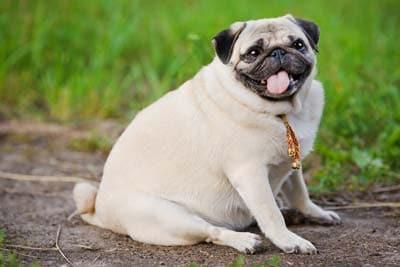 While all dogs are at risk for overheating if the conditions are right, some breeds are more prone to it than others. This includes dogs with thick coats or long hair, very young or very old dogs, and brachycephalic breeds—those with short noses and flat faces, such as shih tzus, pugs, boxers and bulldogs. Overweight dogs and those that suffer from medical conditions that cause difficulty breathing or heart problems are especially susceptible.
While all dogs are at risk for overheating if the conditions are right, some breeds are more prone to it than others. This includes dogs with thick coats or long hair, very young or very old dogs, and brachycephalic breeds—those with short noses and flat faces, such as shih tzus, pugs, boxers and bulldogs. Overweight dogs and those that suffer from medical conditions that cause difficulty breathing or heart problems are especially susceptible.
Extremely active dogs and working or hunting breeds (such as shepherds, retrievers, and spaniels) are also at a higher risk, especially during warm months. You should be careful to not push these dogs too hard, so make sure they get plenty of breaks to rest in the shade and that they are well-hydrated at all times.
Environmental factors can also place a dog at risk. Be aware not just of high temperatures, but also of high humidity, which can increase the chance of heat exhaustion in dogs. All dogs are at increased risk of overheating if they're not given adequate shade or another cooler place to relax indoors. And dogs left in a hot car are in serious danger of heat exhaustion and heat stroke.


Tasty Tips
What to Do if Your Dog Is Overheated
At the first sign of overheating, immediately take action to cool down your dog. Vetstreet recommends the following steps to treat heat exhaustion in dogs:
- Immediately move your dog to a cooler area, either indoors where there is air conditioning or in the shade under a fan.
- Use a rectal thermometer to check their temperature. Heat exhaustion typically occurs when a dog's temperature falls between 39 and 41 degrees. A temperature above 41 places them at risk for heat stroke. If they’re in the danger zone, call your veterinarian.
- If you're near a body of fresh water, such as a lake or a baby pool, let your dog take a dip to cool down. Otherwise, you can use cool, wet cloths or towels to help them out. Place your cool wet cloths on their neck, armpits, and between their hind legs, and you can also gently wet their ears and paw pads with cool water.
- If they’re conscious and willing to drink, give them cool, fresh water. Don't force it, as it may end up in their lungs. If they can't or won't drink, or can't keep water down, wet their tongue with water instead. Don't feed them ice cubes, which could cause their temperature to drop too quickly, leading to shock.
- Get them to the vet. If you haven't already done so, call ahead so they can be ready to take immediate action as soon as you arrive.
Avoiding Heat Exhaustion in Dogs
Of course, the best cure is prevention. You can help keep your pooch from overheating with some basic safety practices. These include limiting exercise or outdoor activity on excessively hot or humid days, providing plenty of shade and water when your dog is outdoors, and never, under any circumstances, leaving your pet in a parked car—not even in the shade with the windows rolled down. On mild days with temperatures in the 20s, the inside of a parked car can reach close to 50 degrees in minutes, making this an extremely dangerous environment to leave your dog in, even for a short time.
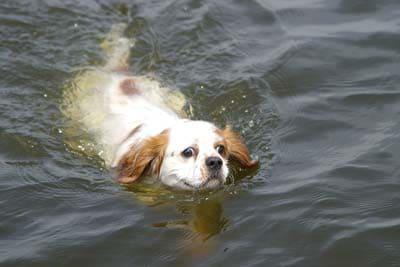
If your pooch has energy to burn and needs some form of exercise in order to stay calm, take them swimming or let them run and play in a sprinkler before heading back indoors. You can also use a cooling body wrap or vest to help keep them cool without getting them wet. And if your dog has long hair or a thick coat, consider getting them a short haircut to get through the hot months—just be sure to leave enough fur to protect their skin from the sun.
Additionally, if you take your dog on long walks it might be better to take them during the cooler hours of the day such as early in the morning or later in the evening (keep in mind hot sidewalks and pavement can burn their footpads). Be sure to keep water with you and let them take a break every once in a while. If you run with your dog make sure not to overdo it. Just as hotter temperatures make it harder for you to stay hydrated on a nice run, it's even more true for your pup.
If you'll be hiking with your dog, or if they have a job to do such as herding sheep or cattle, be sure to give your dog several breaks in the shade and make sure they have plenty of fresh water. Consider wetting them down or using a cooling vest while they’re active, and keep a close watch on them for the first signs of overheating. Remember that working dogs tend to become so focused on their tasks that they don't realise when they need to rest and cool down. It's up to you to monitor your dog and make sure they get the breaks they need to stay healthy.
Finally, don't forget to put a plan in place for keeping your dog cool if the power goes out or the air conditioner stops working. As uncomfortable as you might be under such conditions, it's even worse for your dog, whose body temperature is already much higher than yours. If you plan to retreat to someplace cooler, be sure they’ll also be welcome. Otherwise, consider leaving them at a kennel until it's safe for them to return home to cooler conditions.
Armed with the knowledge of how to recognise overheating, how to respond and how to avoid it in the first place, you can look forward to a safe, fun and happy summer with your four-legged friend.


Jean Marie Bauhaus is a pet parent, pet blogger, and novelist from Tulsa, Oklahoma, where she usually writes under the supervision of a lapful of fur babies.
Related products
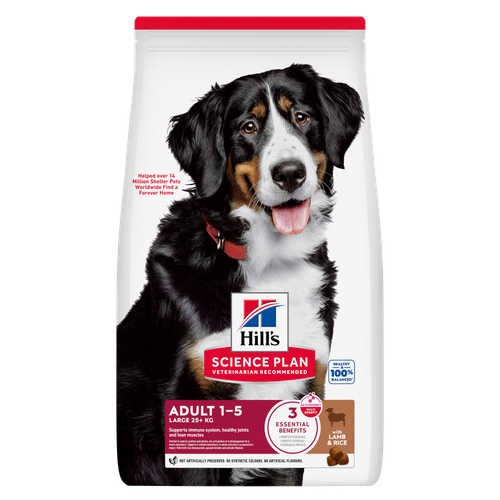
Hill's Science Plan Large Breed Adult Dog Food with Lamb & Rice is a complete pet food, specially formulated with ActivBiome+ Multi-Benefit Technology.
This food is specifically designed to fuel the energy needs of large breed dogs during the prime of their life.

Hill's Science Plan Small & Mini Breed Mature Adult Dog Food with Chicken is a complete pet food, specially formulated with ActivBiome+ Multi-Benefit Technology.
Tailored nutrition to support graceful ageing in small dogs. Specially made with a synergistic blend of nutrients for energy & vigor.

Precisely balanced nutrition with Hill's ActivBiome+ prebiotic blend actively contributes to supporting digestive health and overall well-being to help your pet feel their best

Hill's Science Plan Perfect Digestion Small & Mini Breed Adult Dog Food with Chicken & Brown Rice supports ultimate digestive well-being & a healthy microbiome.
Related articles

Discover how the field of dog science is giving us more and more insights into the inner workings of our furry best friends.

Discover the causes, signs, and treatments of kidney disease in dogs and find methods of supporting your dog's kidney health. Learn more at Hill's Pet South Africa.

Dog obesity is a significant problem - learn more about helping your dog become trimmer and healthier through improved nutrition.

Learn about snake bites on dogs, including clinical symptoms to look for, what to do if you think your dog was bitten, and treatment & prevention options.

Put your dog on a diet without them knowing
Our low calorie formula helps you control your dog's weight. It's packed with high-quality protein for building lean muscles, and made with purposeful ingredients for a flavorful, nutritious meal. Clinically proven antioxidants, Vitamin C+E, help promote a healthy immune system.
Put your dog on a diet without them knowing
Our low calorie formula helps you control your dog's weight. It's packed with high-quality protein for building lean muscles, and made with purposeful ingredients for a flavorful, nutritious meal. Clinically proven antioxidants, Vitamin C+E, help promote a healthy immune system.

